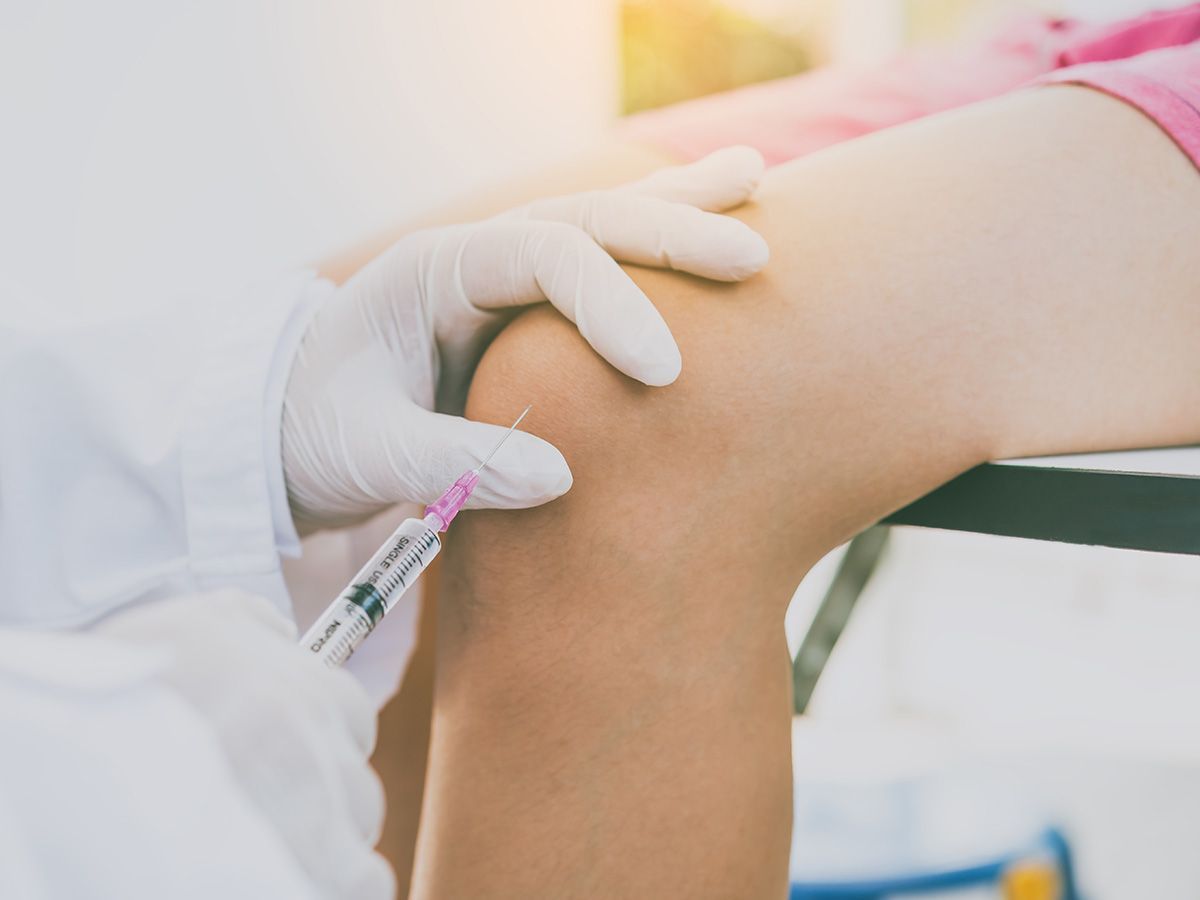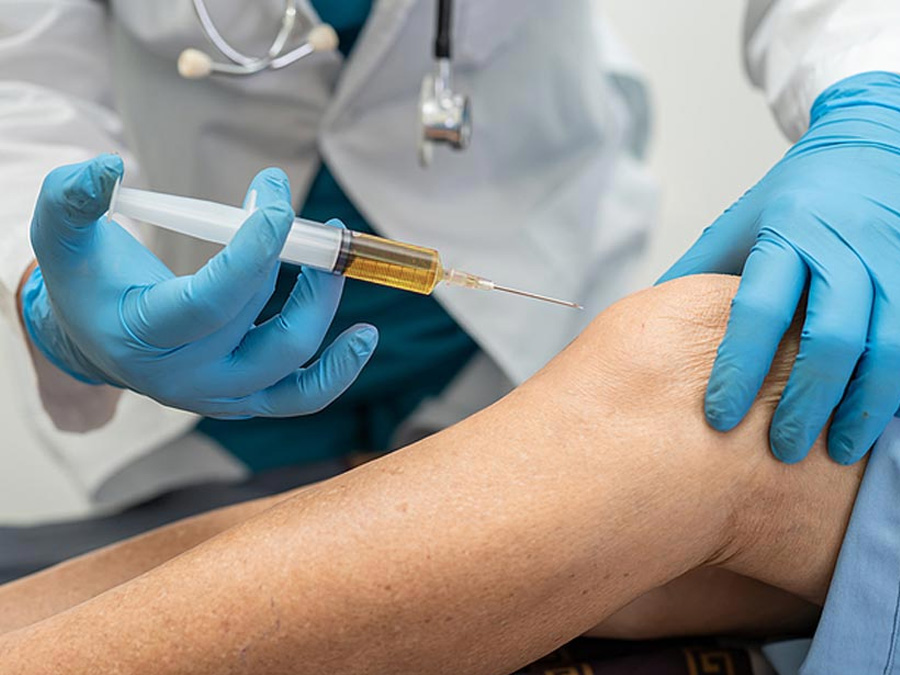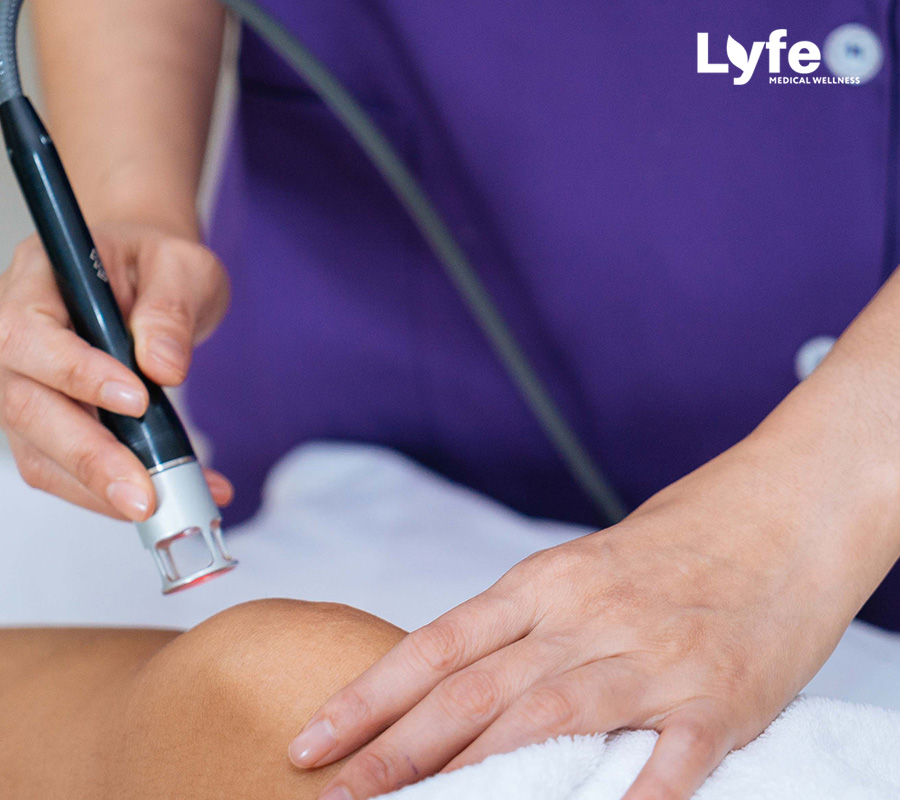PRP Injections for Joint and Tissue Healing and Recovery: Regenerate joints and tissues with platelet-rich plasma.
Platelet-Rich Plasma (PRP) therapy is a cutting-edge treatment that leverages the body’s natural healing abilities to promote joint and tissue repair. This non-surgical solution is widely used in sports medicine, orthopedics, and regenerative therapy to enhance recovery, reduce pain, and improve mobility.
What is PRP Therapy?
PRP therapy involves using a concentrated form of platelets derived from the patient’s own blood. Platelets are rich in growth factors that play a crucial role in tissue regeneration, inflammation reduction, and healing. By isolating and injecting these growth factors into injured areas, PRP therapy stimulates the body’s natural repair processes.
How Does PRP Therapy Work?
Blood Collection: A small amount of the patient’s blood is drawn.
Centrifugation: The blood is spun in a centrifuge to separate the platelets from other blood components.
PRP Preparation: The concentrated platelet-rich plasma is collected and prepared for injection.
Injection: The PRP is injected directly into the injured or damaged area to promote healing and recovery.
How Does PRP Help with Healing?
Stimulates Cellular Regeneration: Growth factors in PRP accelerate the repair of damaged tissues.
Reduces Inflammation: Decreases swelling, providing relief from pain and discomfort.
Enhances Collagen Production: Improves the strength and elasticity of tissues.
Promotes New Blood Vessel Formation: Increases nutrient and oxygen supply to the treated area.
How is PRP Injected?
PRP injections are typically administered in a clinical setting by a trained medical professional.
The treatment area is identified, local anatomy landmark.
The PRP is injected directly into the affected joint, tendon, or soft tissue.
The procedure is quick, usually lasting 30–60 minutes, with minimal downtime.
What Conditions Can PRP Therapy Treat?
PRP injections are ideal for:
Joint Pain: Osteoarthritis, rheumatoid arthritis, and joint stiffness
Tendon and Ligament Injuries: Tendonitis, sprains, and partial tears
Sports Injuries: Strains, overuse injuries, and muscle tears
Chronic Pain Conditions: Low back pain, neck pain, and plantar fasciitis
Post-Surgical Recovery: Enhances healing of surgical sites and scar tissue
Skin and Soft Tissue Healing: Used in aesthetic treatments for rejuvenation
Benefits of PRP Therapy
Non-Surgical and Natural: Utilizes the body’s own healing properties, avoiding the need for surgery or synthetic medications.
Accelerated Healing: Reduces recovery time and promotes faster tissue repair.
Minimal Downtime: Patients can typically return to daily activities shortly after treatment.
Long-Lasting Relief: Provides sustainable improvements in pain and function.
Customizable Treatment: PRP can be tailored to the specific needs of each patient.
If you’re struggling with joint pain, tissue injuries, or chronic discomfort, PRP therapy could be the ideal solution to support your recovery and improve your quality of life.



